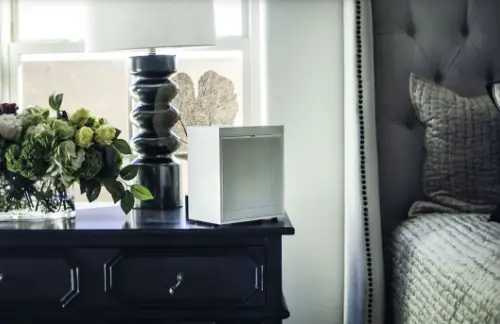Germ Free Humidifiers. It’s safe to say that humidifiers are one of the most maintenance heavy appliances you can have around the house.
Not only do they require refilling, they have a tendency to develop a pesky little problem called mold that if isn’t kept at bay can make the humidifier a air pollution problem all on its own.
It only makes sense that someone has been thinking about this problem and trying to come up with the solution to keep humidifiers from developing mold and bacteria or at least not as easily as it has been known to in the past.
Get the bigger picture: Explore our Humidifier Guide now.
4 types of germ-free humidifiers
1.Vaporizer
There has already been a self-cleaning humidifier available for years.
It’s called a vaporizer. And it cleans the water through boiling every time it is used.
Vaporizers humidify the air by adding steam which is done by boiling water.
The main issue with dirty humidifiers is the mold and bacteria that grow so easily in and around the appliance.
Standing water in a humidifier is also a invitation for mold growth.
But since vaporizers boil the water before it is emitted into the air as steam, any bacteria, germs, or mold is killed in the process before it ever has a chance to be coming part of your breathable air.
Another plus of using steam to moisturize the air is that it lends itself to adding a essential oil like eucalyptus or a medicinal product like Vicks to help open up your airways when you’re feeling congested.
Cons of Vaporizers
Though Vaporizers may have seemed to answer the problem of using a dirty humidifier,
they also have their issues that make them not as desirable for a lot of people.
First, like we’ve already pointed out, they bring water to a boiling point.
Which brings up a safety issue of keeping them around small children or even some nosy pets.
They do get very hot to the touch and if one is turned over, the temperature of the water is scalding.
Secondly, steaming the air heats up the room and makes it feel balmy.
And that may not be exactly the type of relief you were looking for when you are feeling under the weather.
Even the Mayo clinic suggest that warm mist humidifiers or vaporizers do not give the type of soothing relief from cold symptoms that a cool mist humidifier does.
Vicks is pretty much the top of the line for vaporizers and warm mist humidifiers. Not to mention they provide a anti congestion medicine to use as an additive with your vaporizer.
2. UV Humidifier
A humidifier with an ultraviolet light targeting mold and bacteria before they are able to pollute your air quality is a logical step in the hunt for a germ-free humidifier.
UV lights have been used to help reduce mold and bacteria as well as viruses on air purifier filters as well as treat the air through a tiO2 catalyst for quite some time.
The use of a ultraviolet lamp inside of a humidifier water tank eliminates the need for using distilled or de-mineralized water because the UV will kill 99.99% of bacteria and mold in the water that passes by it.
Another benefit of ultraviolet technology and humidifiers is the reduction of the white sediment dust known in cool mist air humidifiers.
Cons of UV humidifiers
Of course there is the expense of replacing the UV light approximately once a year, but since the humidifier does not require anything but tap water, the expense will probably be somewhat offset.
Honeywell HCM 350W is the standard in ultraviolet humidifiers.
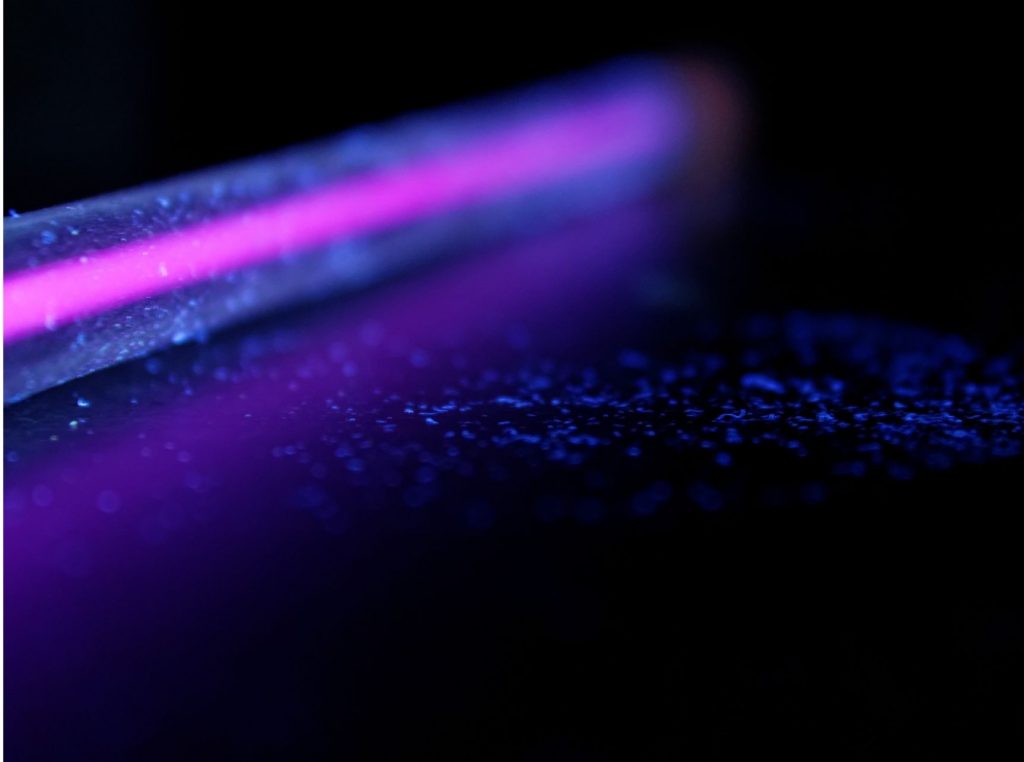 3.Humidifier made with Antimicrobial plastic
3.Humidifier made with Antimicrobial plastic
If there were only a material that you construct a humidifier out of, that would resist the growth of of mold and germs..
Turns out there is.
Antimicrobial plastic is a type of plastic that has an antimicrobial additive that helps keep plastic products cleaner by inhibiting the production of mildew, bacterium and mold.
Antimicrobial plastic is a very exciting new technology that has the potential of completely changing the face of humidifier, dehumidifier, and air conditioning.
In a independent lab test, containing a sample of untreated plastic and a sample of plastic that has the antimicrobial additive, MRSA was added to both samples and incubated for 24 hours. The results were that the bacteria untreated plastic actually grew exponentially from 50,000 to over 500,000.
The antimicrobial plastic on the other hand had 99.9% fewer bacteria than the untreated plastic.
Air innovations are known for their stylish looks and different designs. Their model mh-71b is a germ-free humidifier that uses antimicrobial plastic in its construction. Give it a look.
4. Anti bacterial water additives
Maybe the simplest way to keep your humidifier from becoming a mold and bacteria germ farm is to use an antibacterial additive in the water.
This isn’t a new ideal, adding colloidal silver to humidifier water is a practice used in the alternative health industry for a long time.
Colloidal silver is said to have antimicrobial properties that help keep bacteria from growing in the water and also adds a natural antibiotic that is ingested when breathe in.
There may be some truth to this since most of the antimicrobial additives that you can purchase to put in your humidifier water have silver as one of the ingredients.
Antimicrobial additives are prepackaged pods and slow release containers that you put right into the humidifier tank to help keep bacteria and mold from taking root in the tank.
They are also an accessory that are sold with other types of any germ humidifiers like the ones we’ve already talked about including the ultraviolet and the humidifiers that are made from antimicrobial plastic construction.
Protech PC2 cleaning balls can kill up to 99% of bacteria and help protect your humidifier from algae, mildew and mold, and the slimy buildup you often find and your ultrasonic humidifier.
Guardian technologies also offers a product called Aqua Sticks that is a similar product that you add directly to the tank on your humidifier. The main ingredient in the Aqua Stick is Silver ion.
There is one major downside to using a Silver additive in your humidifier water and that is it only works in a ultrasonic humidifier.
Apparently the additive needs the extra catalyst of vibration to get the best performance out of it.
Recap
Humidifiers are particularly heavy on the maintenance side as far as appliances go because of the preposition of mold growth that happens very easily with inside of a humidifier.
 This makes the need for a germ-free humidifier great.
This makes the need for a germ-free humidifier great.
In this article we have identified four ways in which a humidifier can be germ-free or less prone to bacteria growth.
1.Vaporizers use boiling water to steam the air, boiling kills any microorganisms in the water before it can become a problem
2.UV humidifiers contain a ultraviolet lamp that targets the mold and bacteria in the water and kills it before it can become part of the moisture emitted into the air.
3.Antimicrobial plastic is a material that resists the production of mold and bacteria as well as viruses.
The use of antimicrobial plastic in the construction of the humidifier can greatly reduce the threat of mold and germs that can easily become a threat with a standard humidifier.
4.Lastly there antibacterial additives that can be used in ultrasonic humidifiers that reduce the ability of mold and bacteria to take root.


 3.Humidifier made with Antimicrobial plastic
3.Humidifier made with Antimicrobial plastic
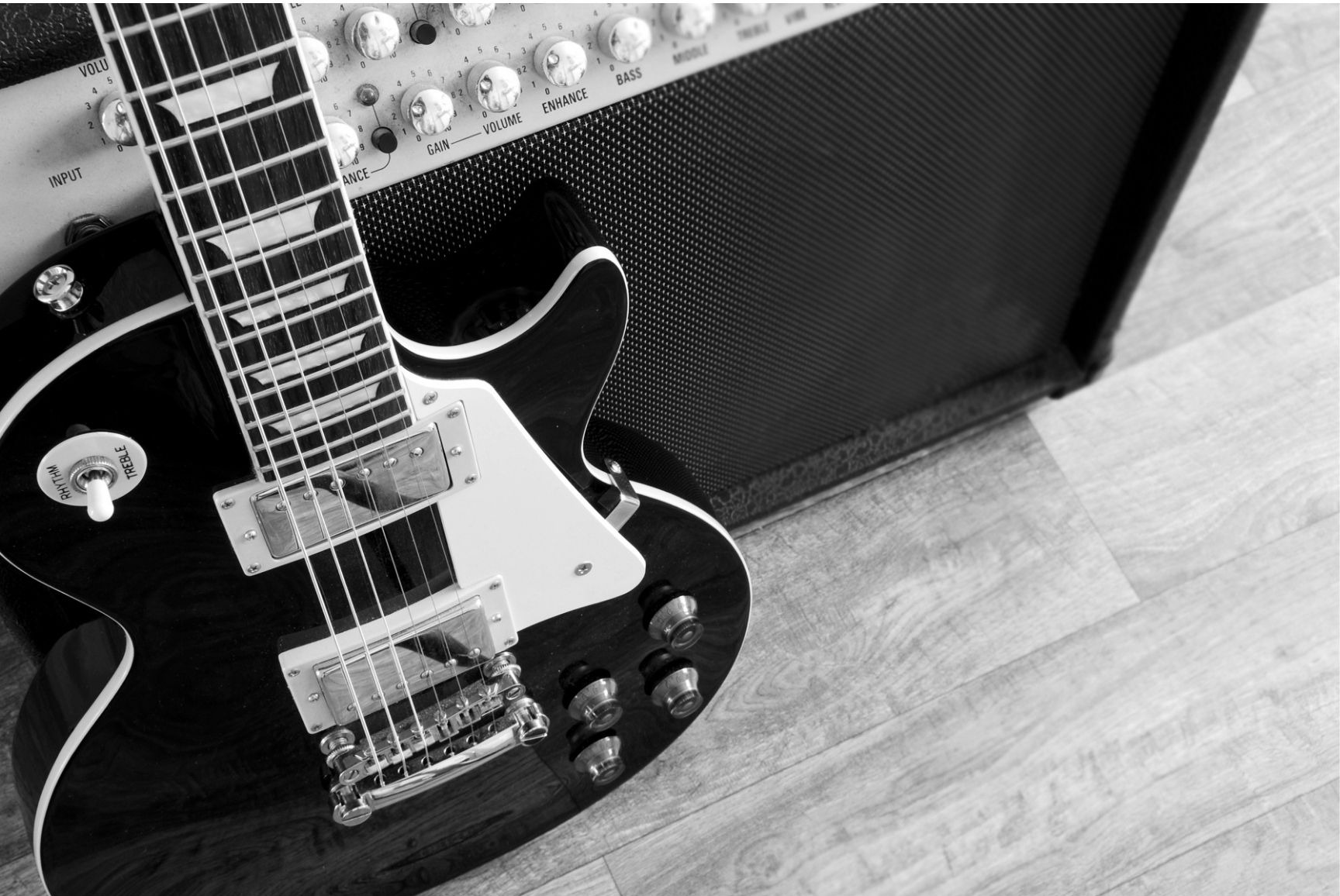 At the time, it was really more about having some sort of white noise to drown out his snoring plus there was a cool breeze coming off of the
At the time, it was really more about having some sort of white noise to drown out his snoring plus there was a cool breeze coming off of the 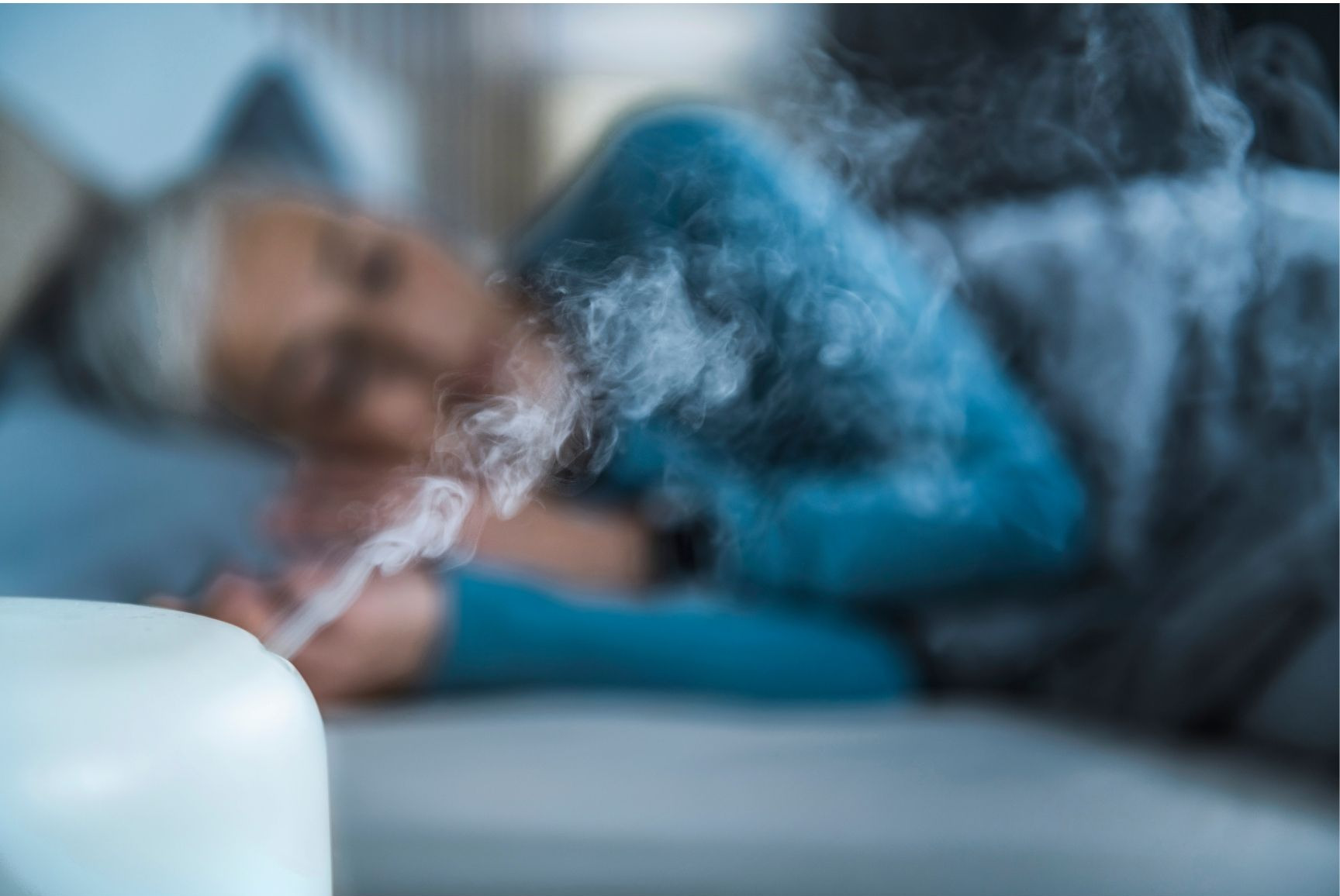 Is it good to sleep with a humidifier?
Is it good to sleep with a humidifier?
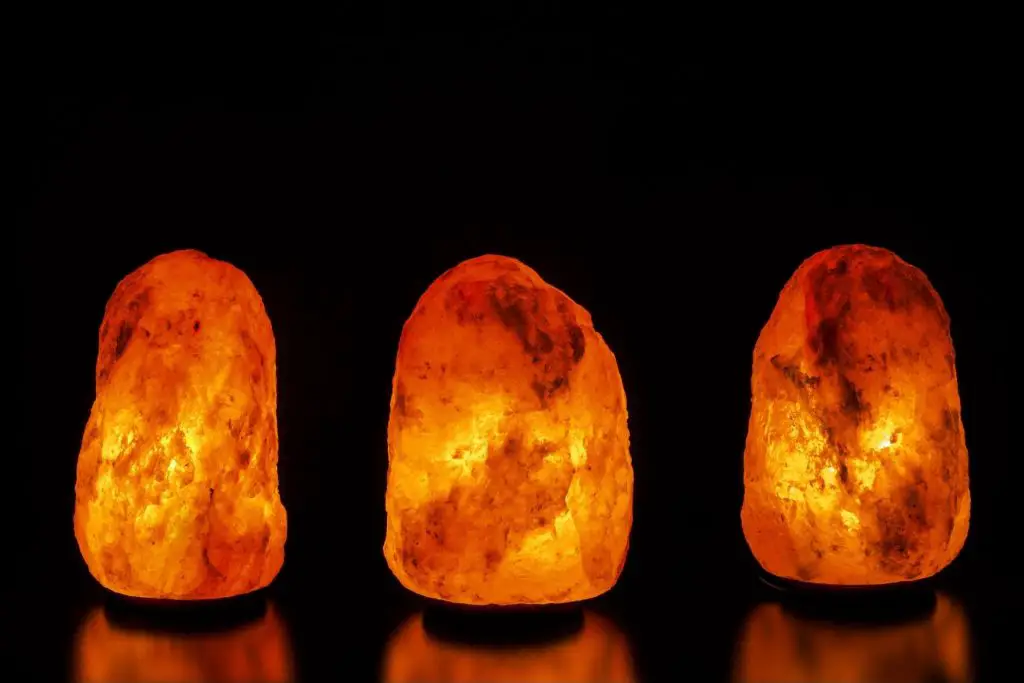 One of the biggest claims about Himalayan salt lamps is that they create negative ions.
One of the biggest claims about Himalayan salt lamps is that they create negative ions.

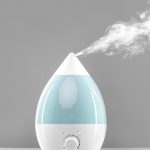 These days, humidifiers and vaporizers are so cheap, it makes more sense to purchase one and put it in the room where you need it, rather than to keep a pot of water simmering on the stove.
These days, humidifiers and vaporizers are so cheap, it makes more sense to purchase one and put it in the room where you need it, rather than to keep a pot of water simmering on the stove.
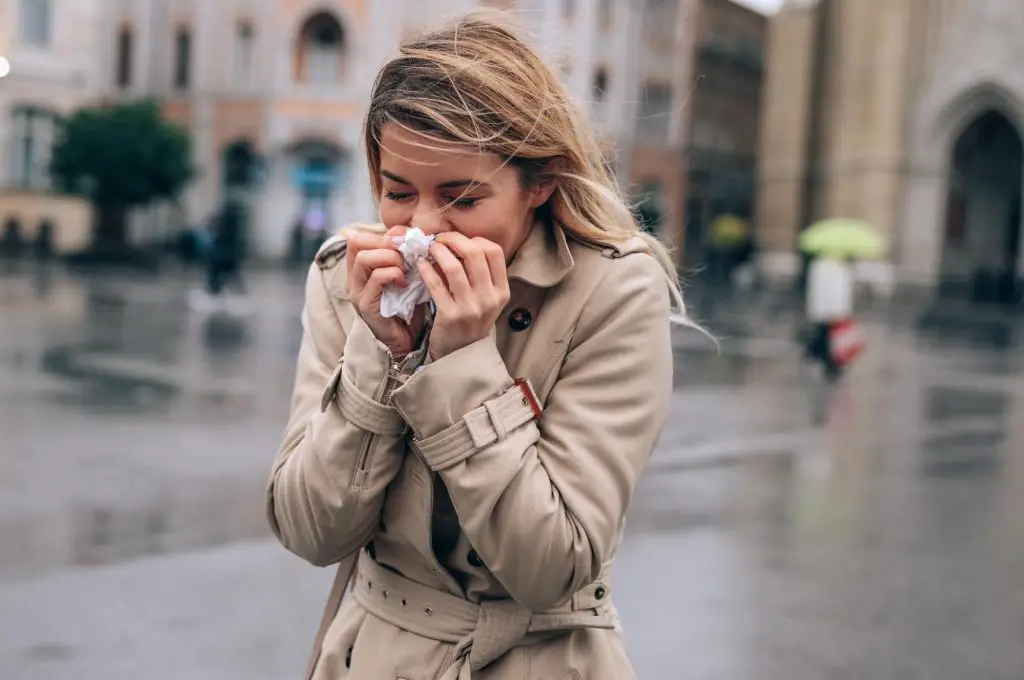 Vaporizer pros
Vaporizer pros
 Here is a few tips
Here is a few tips Humidifier or dehumidifier for snoring
Humidifier or dehumidifier for snoring
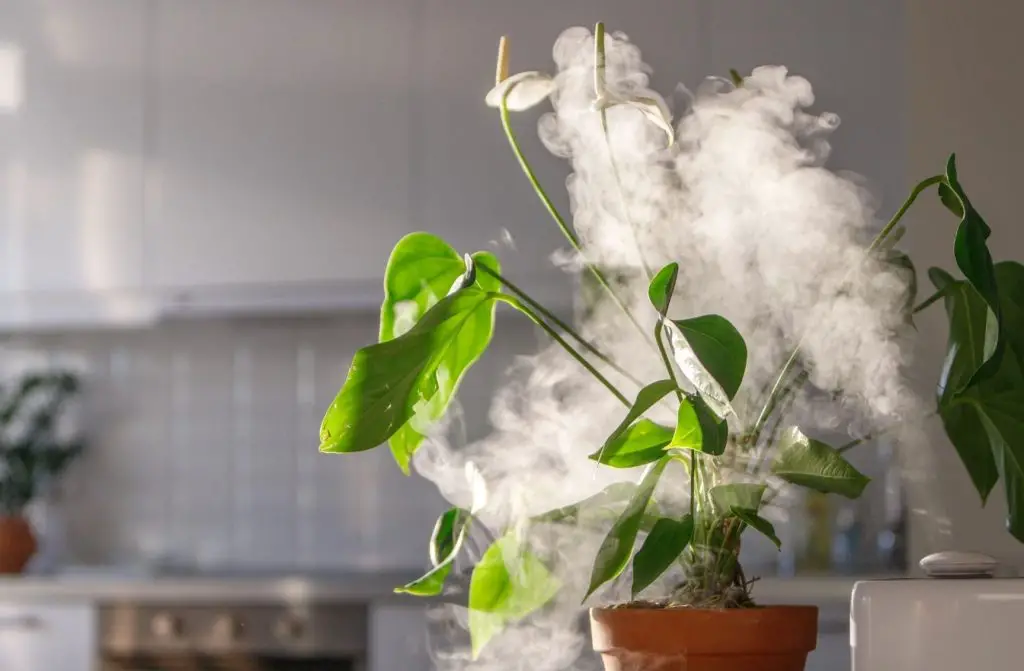 Best essential oils for coughs
Best essential oils for coughs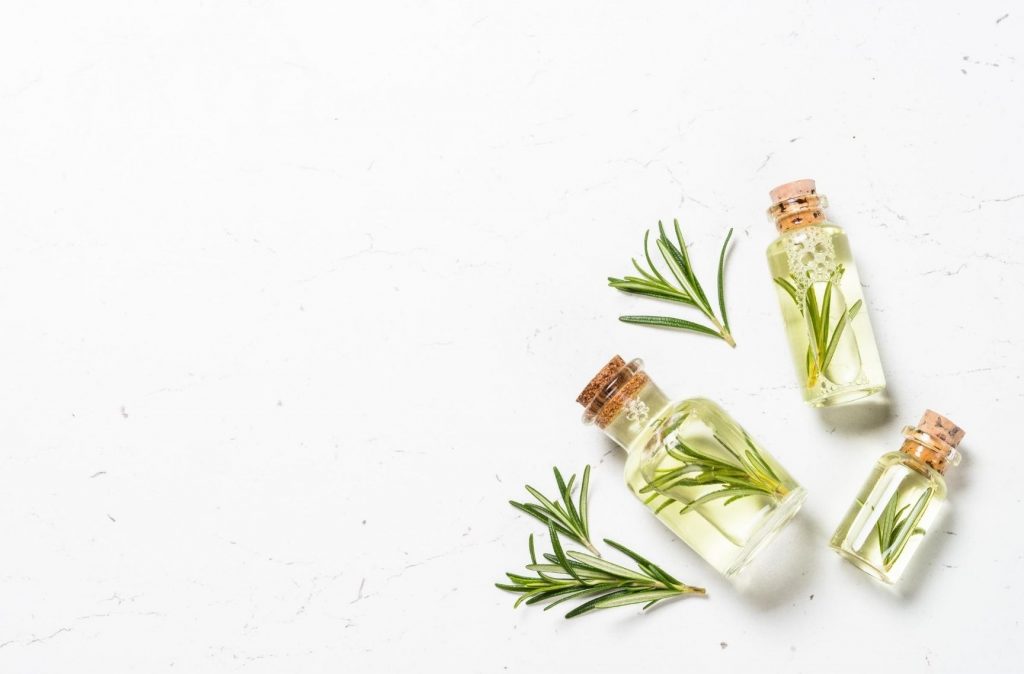 Recap
Recap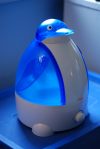
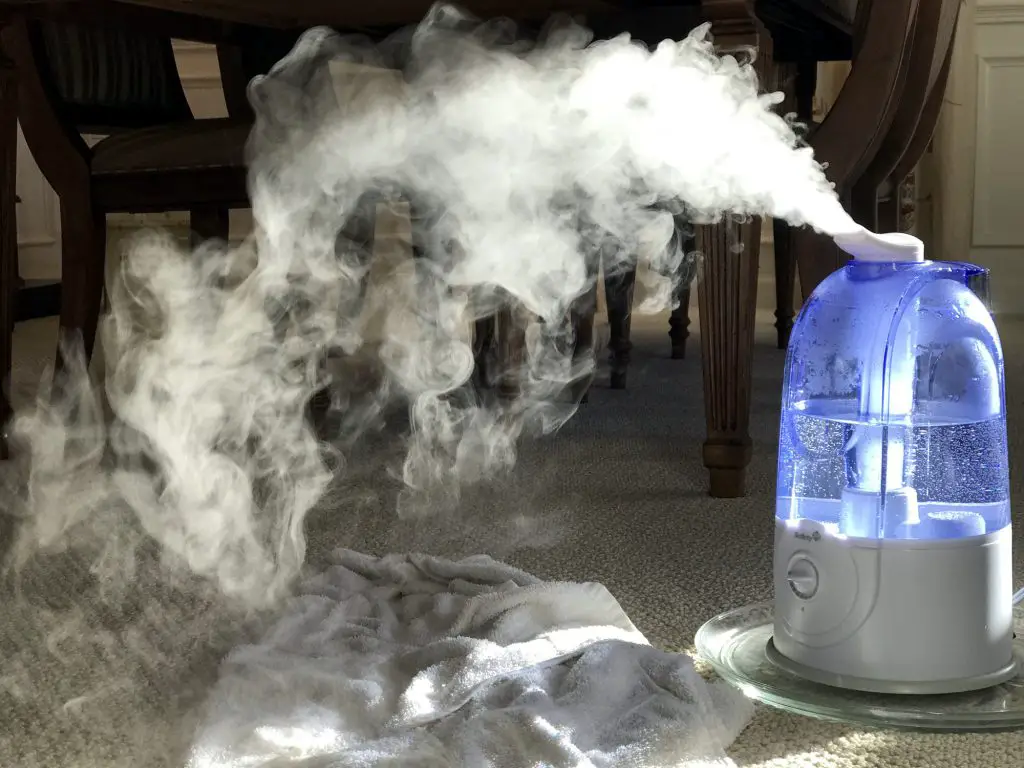 Should a humidifier run all night?
Should a humidifier run all night?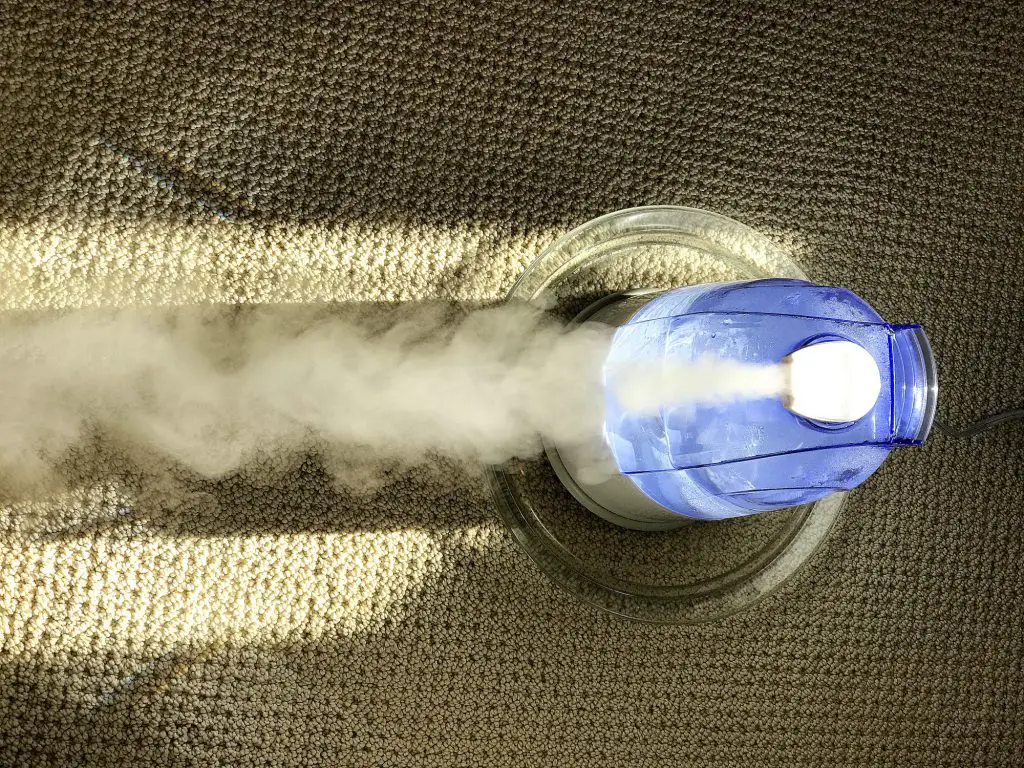 Summary
Summary

 Summary
Summary
